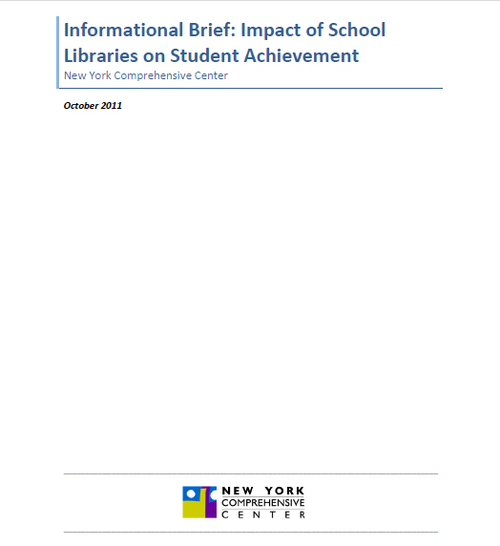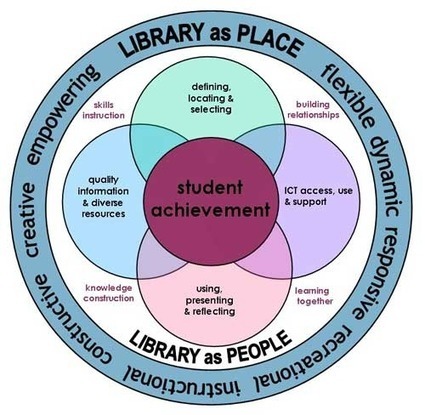Via Scoop.it – Student Learning through School Libraries

The research on school libraries was analysed according to the five key elements of the RRA, which focus on:
- Teacher/School Leader Preparation and Effectiveness
- Early Childhood Learning Opportunities
- Raise Graduation Rates for At-‐Risk Students
- Curriculum and Professional Development, and
- Assessment
Note to practitioners, this is an effective way of presenting your evidence, i.e. using your education system’s and/or school priorities as the framework for the findings in your report.
The brief concludes: “Based on the conclusions from the research cited in the brief, it is clear that school libraries play an important role in student achievement, curriculum development, and instruction. Through political and fiscal state support, effective school library programs can serve as consistent drivers for student achievement in times of constant change and churning educational reform.”
A copy of the full 19 page report is available at http://www.nysl.nysed.gov/libdev/nyla/nycc_school_library_brief.pdf








